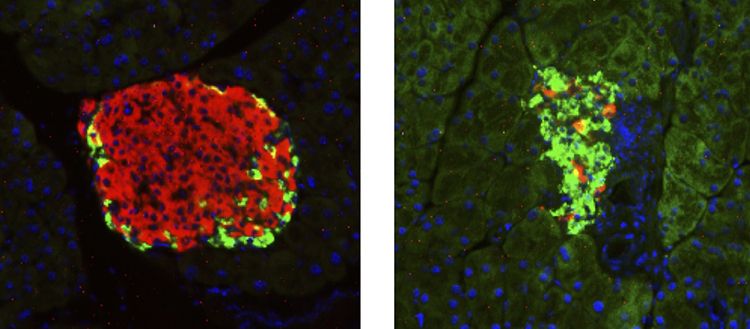Oct 19, 2019
Kelsey Moody Presenting on the LysoClear Program at Ending Age-Related Diseases 2019
Posted by Tanvir Ahmed in categories: biotech/medical, life extension
Kelsey Moody of Ichor Therapeutics presented on the LysoClear development program at the Ending Age-Related Diseases conference organized by the Life Extension Advocacy Foundation earlier this year. LysoClear is an example of the commercial development of a rejuvenation therapy, taken all the way from the starting point of the discovery of microbial enzymes capable of breaking down certain forms of harmful age-related molecular waste that contribute to aging and age-related diseases. The actual research is largely done, and the task now is to focus on manufacture, regulatory approval, and entry into the clinic.
Taken end to end, I think that this development program might be able to lay claim to being the first and oldest of the modern rejuvenation research initiatives, starting sometime back in the early 2000s. It began at the Methuselah Foundation as LysoSENS, the first of the SENS programs to get underway with modest philanthropic funding. Some of you may remember gathering dirt from graveyards to send in for analysis, in the hunt for microbial species that consume the molecular waste that our bodies cannot remove. Researches knew that those microbes existed because graveyards do not accumulate this waste — it is being broken down by something in the environment. The program carried forward into the SENS Research Foundation when it spun out from the Methuselah Foundation, and a portion of it was later licensed to Ichor Therapeutics, and became LysoClear.


















